Worldview: The Care Issue
by Ed Moses
The Terror We Live In
I’m a discoverer, and I say, “I ain’t no fucking artist, I’m a painter.” I’m not creative; I’m not an artist. I’m not expressing myself—I think expressing yourself is about as tacky as you can get. I want to find things out and demonstrate and present these possibilities that I’ve explored. Not knowing how to do it, but just moving around, moving with my belly. I think I must be rolling my belly on these canvases; they sort of look like that—in other words, they’re internal, they’re the nature of this beast. What I do is the nature of this beast.
This attitude about painting goes way back to the cave paintings, maybe before, where these guys were responding to the phenomenal world, like Kilroy. Everywhere Kilroy went during World War II, it said “Kilroy Was Here,” this Shmoo-type character was there. And I think we [as humans] are sort of like that in a way. More because we lost our [pre-civilization] tribe; when the tribe broke up, the shaman wasn’t necessary to arbitrate or extrapolate or respond to the nature of the phenomenal world. Darkness, light, fire, and all the imaginary things that the human brain conjures up are terror images. I always said, “I’ve never been afraid,” and I’m totally terrorized all the time. Being a Buddhist helps a great deal. Have I been able to function with grace—as a painter and as a human being? I’ve always been a reactive person—someone pushes a button, I react. This kind of Buddhist training: don’t react; respond. Somebody pushed that button: BOOM. It was always reacting rather than responding; in other words, in responding you take measure in what’s going on, particularly with yourself. It is all aggressions we have and [it’s about] exploring them, the feelings of them rather than the psychology. That was a big shift for me, because I always knew a lot about how people behaved, in psychological terms, but I didn’t always respond in terms of intuitive or metaphysical or magical ways. “Well what is magic?” people always say. Magic is inexplicable demonstrations of terror that we live in, that we project, that we respond to. So my paintings are, in a sense, responses to the phenomenal world.
I’m not doing these paintings for myself; I’m doing them for the tribe, but there isn’t a tribe. So these so-called magic men or shaman, when the tribes broke up—metaphysically or genetically or biologically—they were fractured and they were split up and thrown helter-skelter. They may be a great pianist or violinist or guitarist, might be a great dancer like Fred Astaire. Someone who steps out and you look at and say “Whoa.”
I like to know the roots. One day I asked myself, “What is this you’re doing, Ed?” When I was in school my minor was anthropology. So I knew from books and lectures about early man.
I realized I had a connection to early man, because there is something intuitive that I need to do this, and I’m doing it more at 87 than I ever have. It’s progression. I’m getting totally engaged and fearless in the engagement because when you are younger you have all of these other factors that play into painting. And to finally just give up all those things and to just have a great time painting, that’s what I’m doing now.
I don’t want to be an artist; it’s such a worn-out word. It’s like being creative. Everybody is creative, and everybody is an artist: a banjo player, a trash guy. I mentioned that to this comedian/actor. He was calling something art and I said, “Goddamnit, don’t you think you could come up with something better than art? Everything is art.”
Written by Ed Moses
